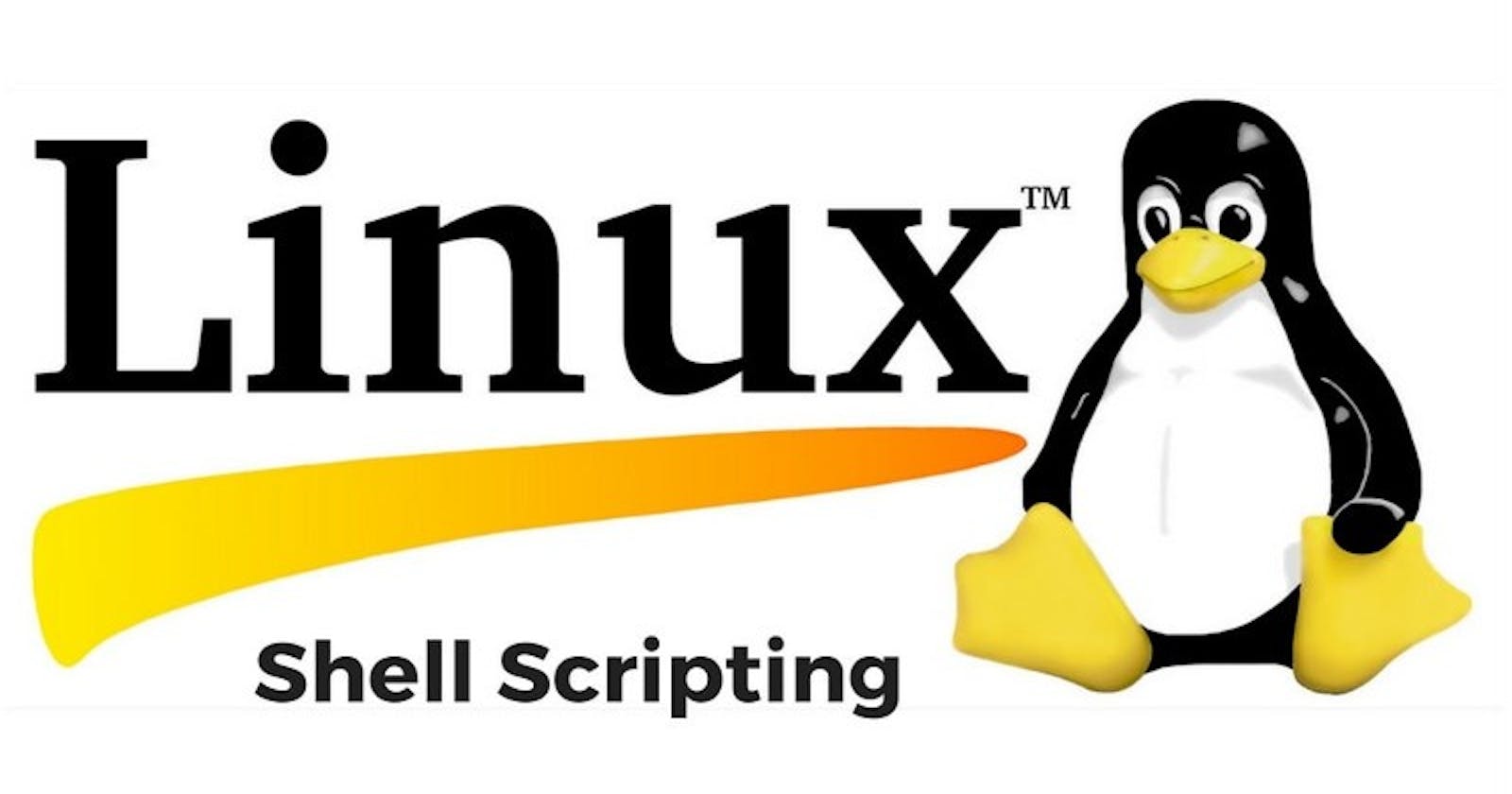Day 5 : Advanced Linux Shell Scripting for DevOps Engineers with User management
- So Write a bash script createDirectories.sh that when the script is executed with three given arguments (one is directory name and second is start number of directories and third is the end number of directories ) it creates specified number of directories with a dynamic directory name.

Example 1 : When the script is executed as ./createDirectories.sh day 1 90 then it creates 90 directories as day1 day2 day3 ....day90.
Example 2 : When the script is executed as ./createDirectories.sh Movie 20 50 then it creates 50 directories as Movie20 Movie21 Movie23 ....Movie50.
Create a Script to backup all your work done till now.
Read About Cron and Crontab, to automate the backup Script.
Cron is the system's main scheduler for running jobs or tasks unattended. A command called crontab allows the user to submit, edit or delete entries to cron. A crontab file is a user file that holds the scheduling information.
- Read about User Management.
A user is an entity, in a Linux operating system, that can manipulate files and perform several other operations. Each user is assigned an ID that is unique for each user in the operating system. In this post, we will learn about users and commands which are used to get information about the users. After installation of the operating system, the ID 0 is assigned to the root user and the IDs 1 to 999 (both inclusive) are assigned to the system users and hence the ids for local user begins from 1000 onwards.
Create 2 users and just display their Usernames.
